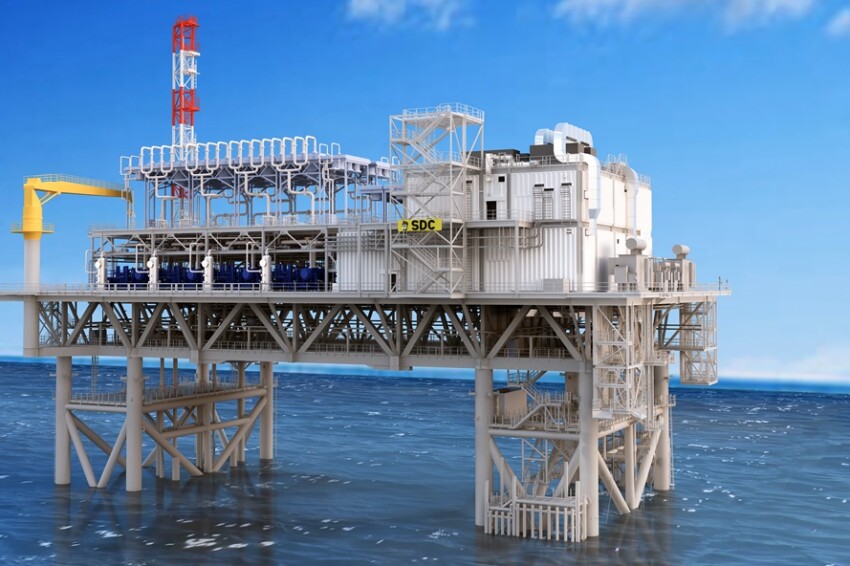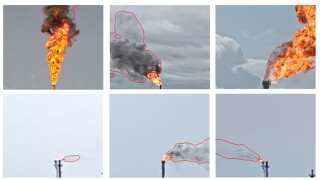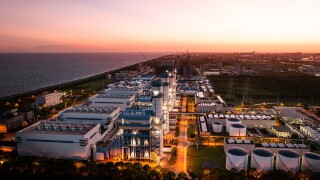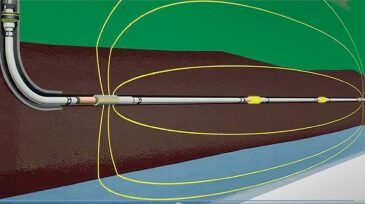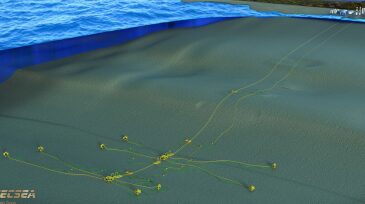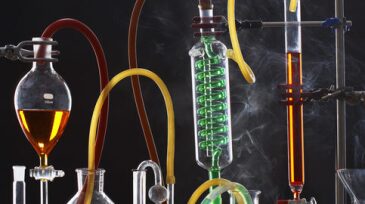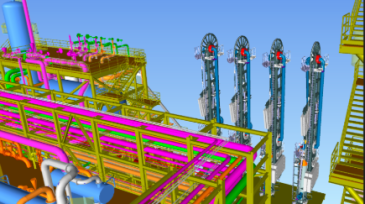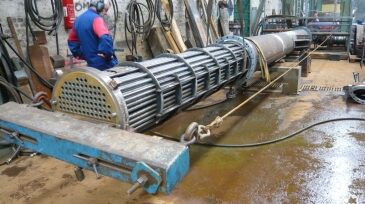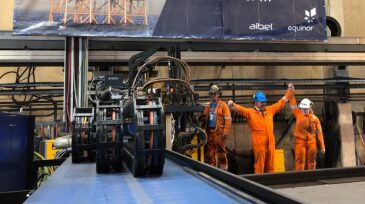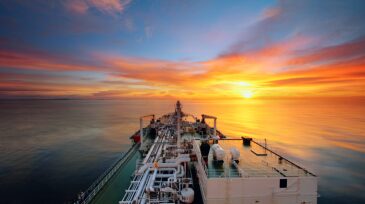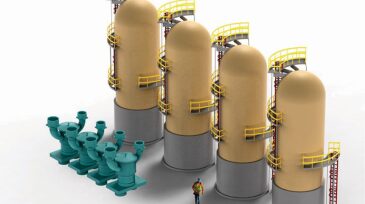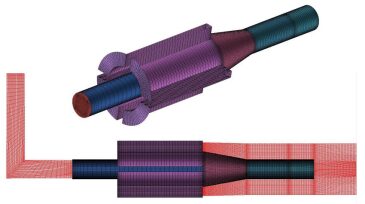Processing systems/design
BP’s new electric gas compression platform at Shah Deniz, Azerbaijan’s largest natural gas producer, is expected to sustain exports to Europe even as the field enters decline.
This paper focuses on developing a model that can be used in an automated, end-to-end flare-smoke detection, alert, and distribution-control solution that leverages existing flare closed-circuit television cameras at manufacturing facilities.
This study recommends favoring the combustion of ammonia over hydrogen for the purpose of reducing CO₂ and nitrogen emissions.
-
In this paper, the authors introduce a new technology installed permanently on the well completion and addressed to real-time reservoir fluid mapping through time-lapse electromagnetic tomography during production or injection.
-
This case study describes how gas condensates within a subsea tieback system behave very differently to condensed water from a wet-gas system and therefore a pseudo dry-gas system needs to be configured differently for gas-condensate developments.
-
Researchers described the temperature changes at the point where liquid meets the vapor during evaporation. The explanation, developed using the Direct Simulation Monte Carlo method, will allow scientists to more accurately simulate the performance of systems based on the theory of evaporation.
-
Oil and gas extraction using water has opened up new hydrocarbon resources. However they can produce four times more salty water byproduct than oil. Desalination in shale gas and polymer-flood EOR remain niche markets for lowering cost and improving production.
-
Delfin Midstream announced advancements in partnership with Samsung Heavy Industries and Black & Veatch. By re-purposing existing offshore pipelines and building the FLNG vessels at Asian shipyards, the total capital costs are projected to be around $500–550/tpa.
-
Take a closer look at heat exchangers, including the various types and designs available, applications, and selection considerations. This article helps the project engineer, who is not an equipment specialist, to check that economical choices are made across all involved disciplines.
-
Construction for the field’s second processing platform begins on the same day the Norwegian authorities approved the plan for development and operation for the biggest field development on the Norwegian continental shelf.
-
More flexible approaches to financing, production, and trading are crucial to meeting world’s needs, new study finds.
-
Hydrocarbon processing and treating systems often require large and elaborate surface facilities. When operating in challenging locations, such as deep water or the Arctic, these systems can be expensive. This paper discusses a new adsorption-based gas-separation technology platform.
-
Reducing a separation system’s footprint while increasing separation efficiency is demonstrated in an Oklahoma field trial.

